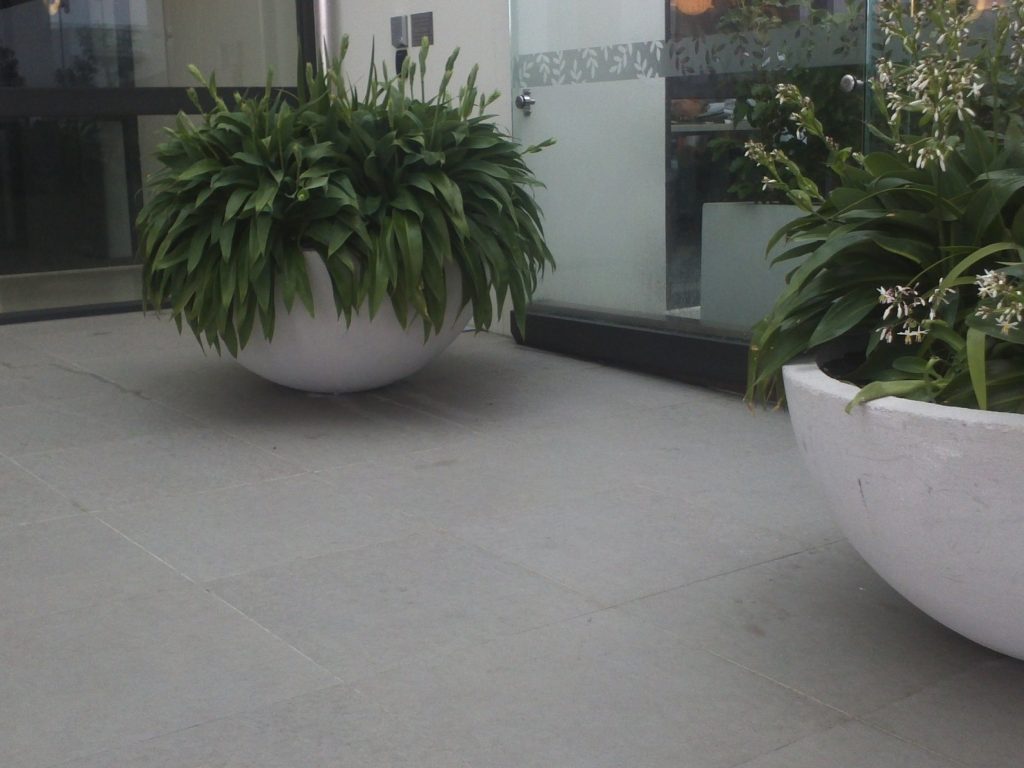Fiberstone, a composite material made from a mixture of crushed stone aggregate and glass fiber reinforcement bound together with resin, is becoming a popular choice for architects and designers. Its unique combination of properties and benefits makes it a versatile and sustainable option for various architectural applications. This article explores why every architect should consider fiberstone for their modern architecture designs.
Unparalleled Versatility and Design Flexibility
One of the most appealing aspects of fiberstone is its incredible versatility. It can be easily molded into intricate shapes and forms, allowing architects to realize their most ambitious design visions. Whether it’s creating complex facades, decorative elements, or custom furniture pieces, fiberstone offers limitless possibilities.
The material’s malleability also makes it ideal for replicating natural materials like wood, stone, or concrete, but with enhanced durability and lower maintenance requirements. This opens up new creative avenues for architects, enabling them to incorporate intricate details and textures without the constraints of traditional materials, which can be particularly beneficial when exploring innovative roof ideas.
Exceptional Durability and Weather Resistance
Fiberstone’s strength and resilience make it an excellent choice for exterior applications. It is highly resistant to weathering, UV radiation, and extreme temperatures. Unlike natural stone, which can crack or fade over time, fiberstone retains its structural integrity and aesthetic appeal for decades.
This durability translates into long-term cost savings for building owners. Fiberstone, unlike ficonstone, requires minimal maintenance and is less susceptible to damage, reducing the need for repairs and replacements. This makes it an attractive option for both commercial and residential projects. Discover more about ficonstone vs fiberstone to understand the differences better.
Lightweight and Easy to Install
Compared to traditional materials like concrete or stone, fiberstone is significantly lighter. This reduces the structural load on buildings, making it easier and more cost-effective to transport and install. The lightweight nature of fiberstone also allows for larger prefabricated panels, speeding up construction timelines and minimizing disruptions.
The ease of installation is particularly beneficial for complex projects or those with tight deadlines. Architects can achieve intricate designs without the logistical challenges associated with heavy materials, ultimately streamlining the construction process.
Sustainable and Environmentally Friendly
Fiberstone is a sustainable material choice that aligns with the growing demand for eco-conscious building practices. It is often made from recycled or reclaimed materials, reducing the demand for virgin resources. The production process of fiberstone also consumes less energy compared to other materials, further lowering its environmental impact.
Additionally, the long lifespan of fiberstone contributes to its sustainability. Its durability ensures that structures built with fiberstone will last for generations, minimizing the need for demolition and reconstruction, which are resource-intensive processes.
Cost-Effective Solution
While the initial cost of fiberstone might be slightly higher than some traditional materials, its long-term value makes it a cost-effective option. Its durability, low maintenance requirements, and energy efficiency translate into significant cost savings over the lifespan of a building.
Fiberstone also allows for design optimizations that can reduce material usage and construction costs. Its versatility enables architects to achieve the desired aesthetic with less material, ultimately lowering project expenses.
Applications in Modern Architecture
Fiberstone has found diverse applications in modern architecture. It is used to create stunning facades, intricate interior details, custom furniture pieces, landscape elements, and even sculptures. Its versatility allows architects to push the boundaries of design and create unique, memorable spaces.
Whether it’s a contemporary office building, a luxury hotel, a cultural institution, or a private residence, fiberstone can enhance the visual appeal and functionality of any architectural project.
Conclusion
Fiberstone’s unique blend of versatility, durability, sustainability, and cost-effectiveness makes it a compelling choice for architects. Its ability to transform design visions into reality while minimizing environmental impact is a significant advantage in today’s world.
As architects embrace sustainable design practices and seek innovative solutions, fiberstone is poised to play a pivotal role in shaping the future of architecture. Its potential to redefine the way we build and interact with our environment is truly remarkable.
By considering fiberstone for their designs, architects can create not only beautiful and functional spaces but also contribute to a more sustainable and resilient built environment.
